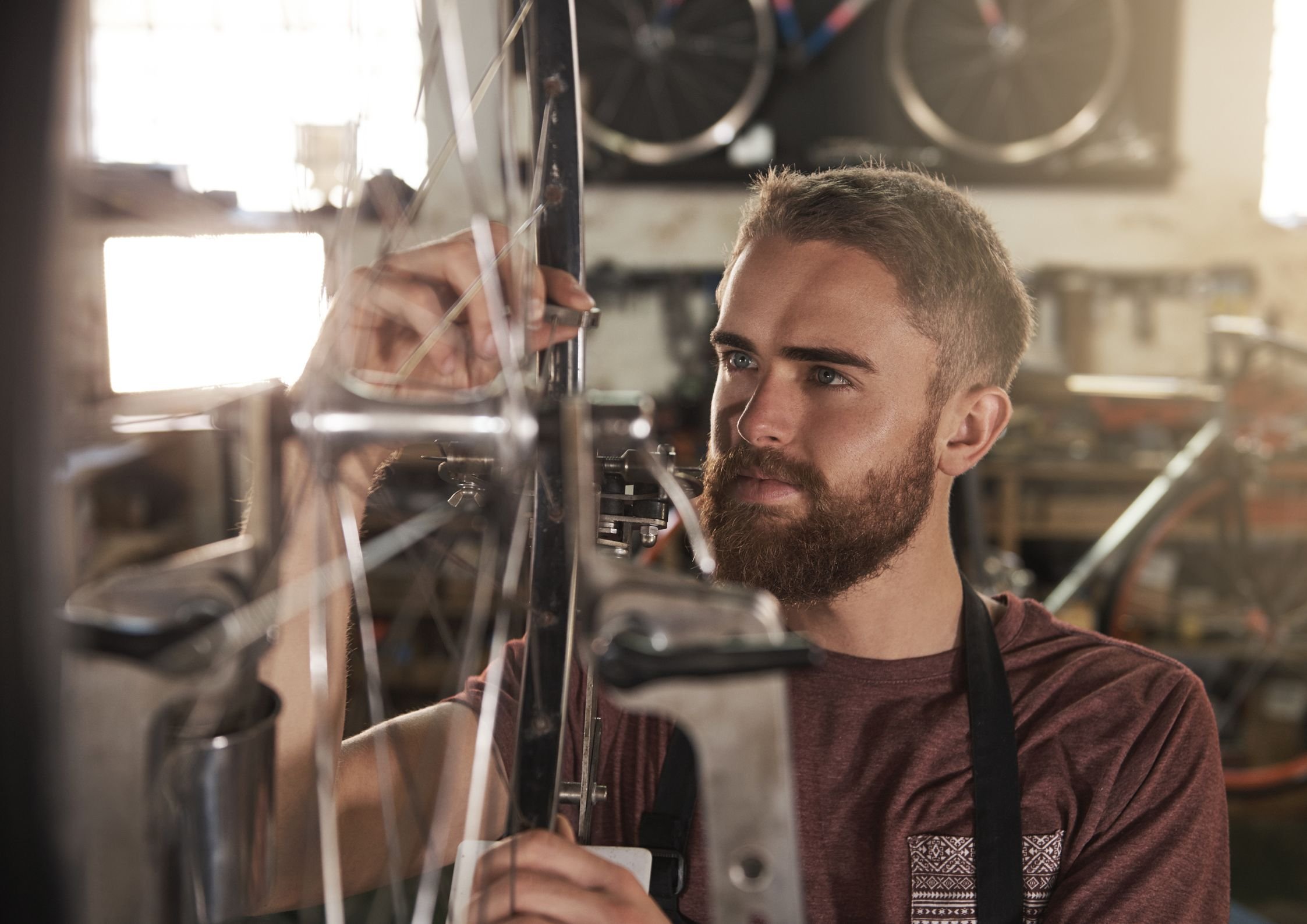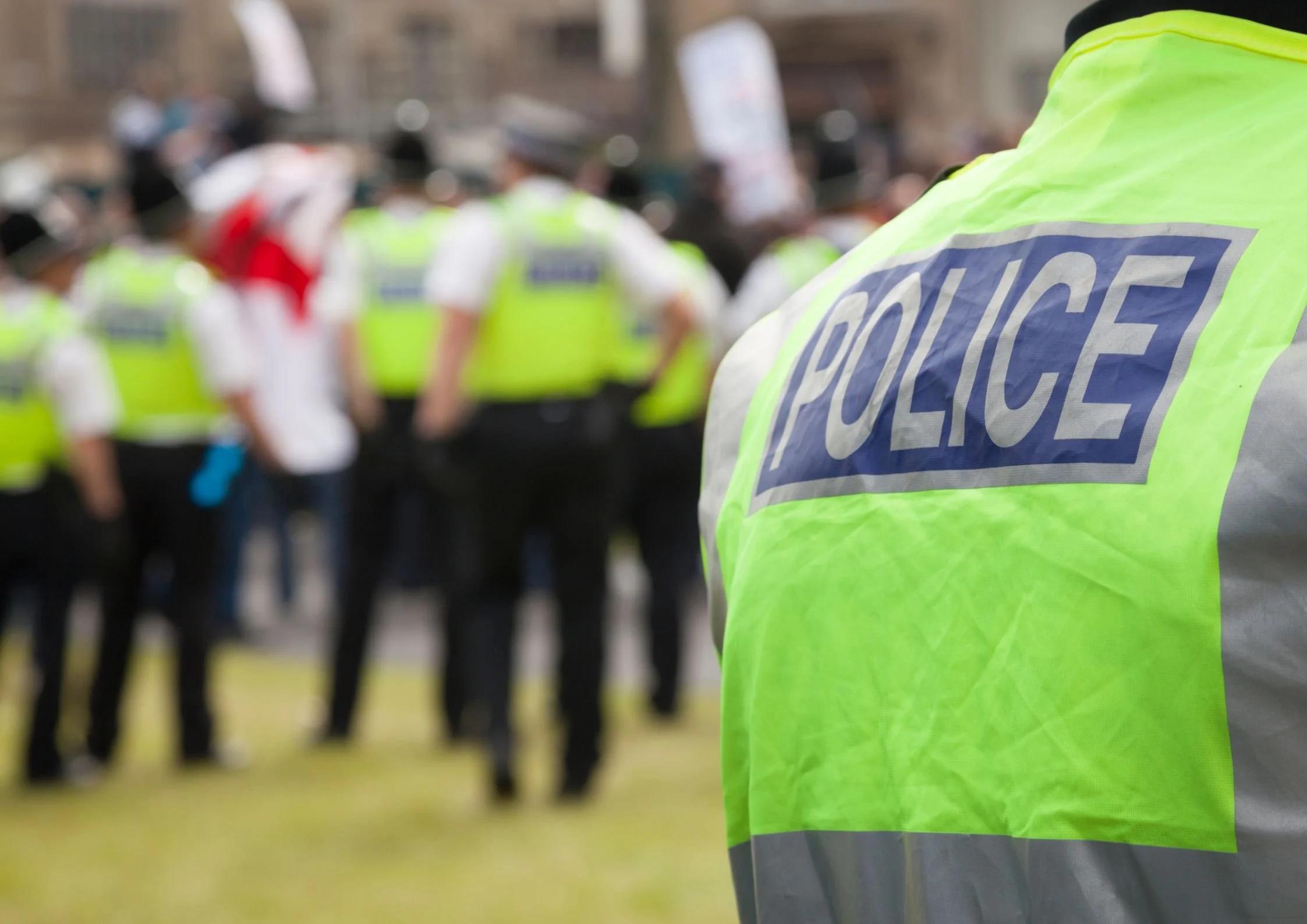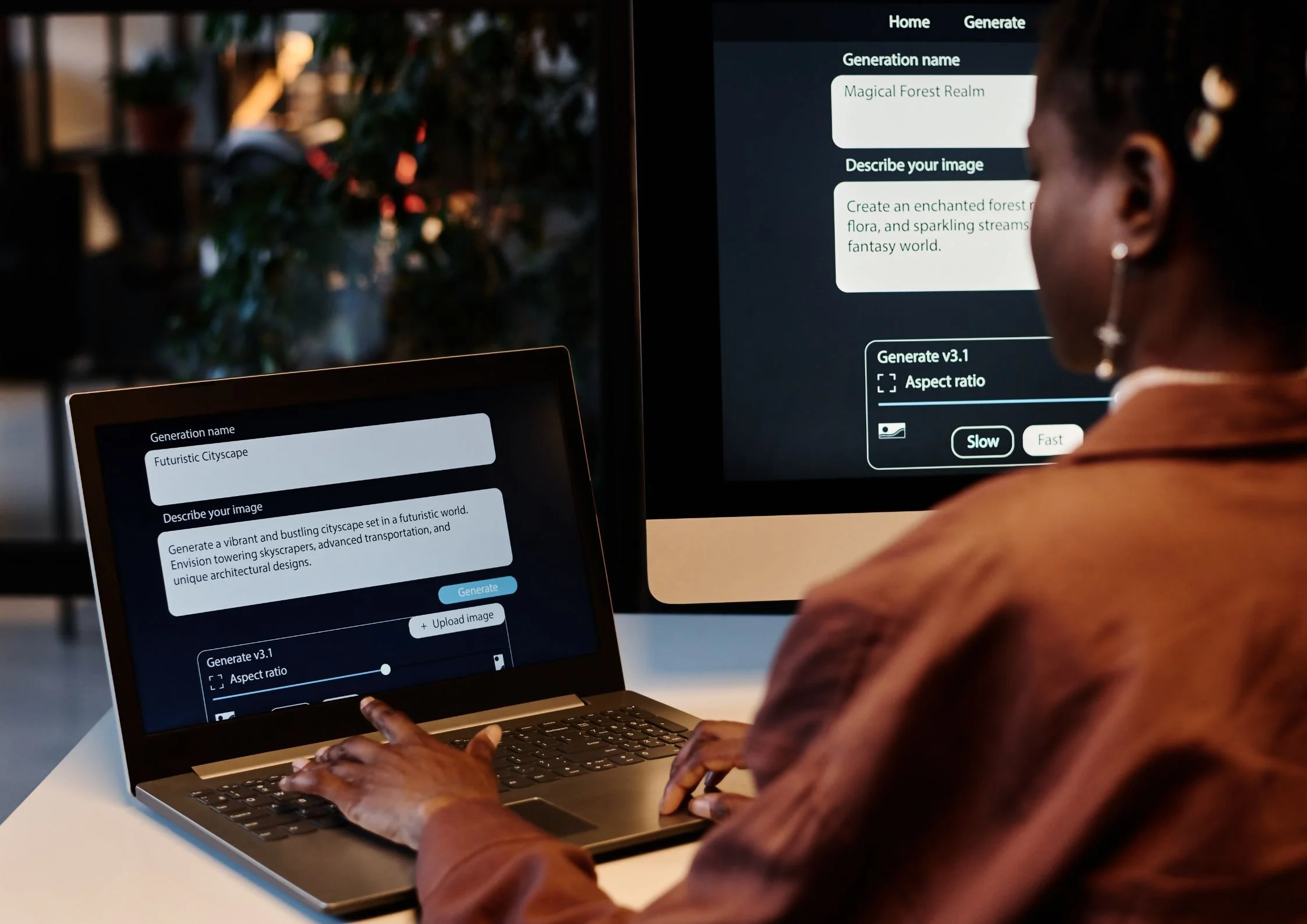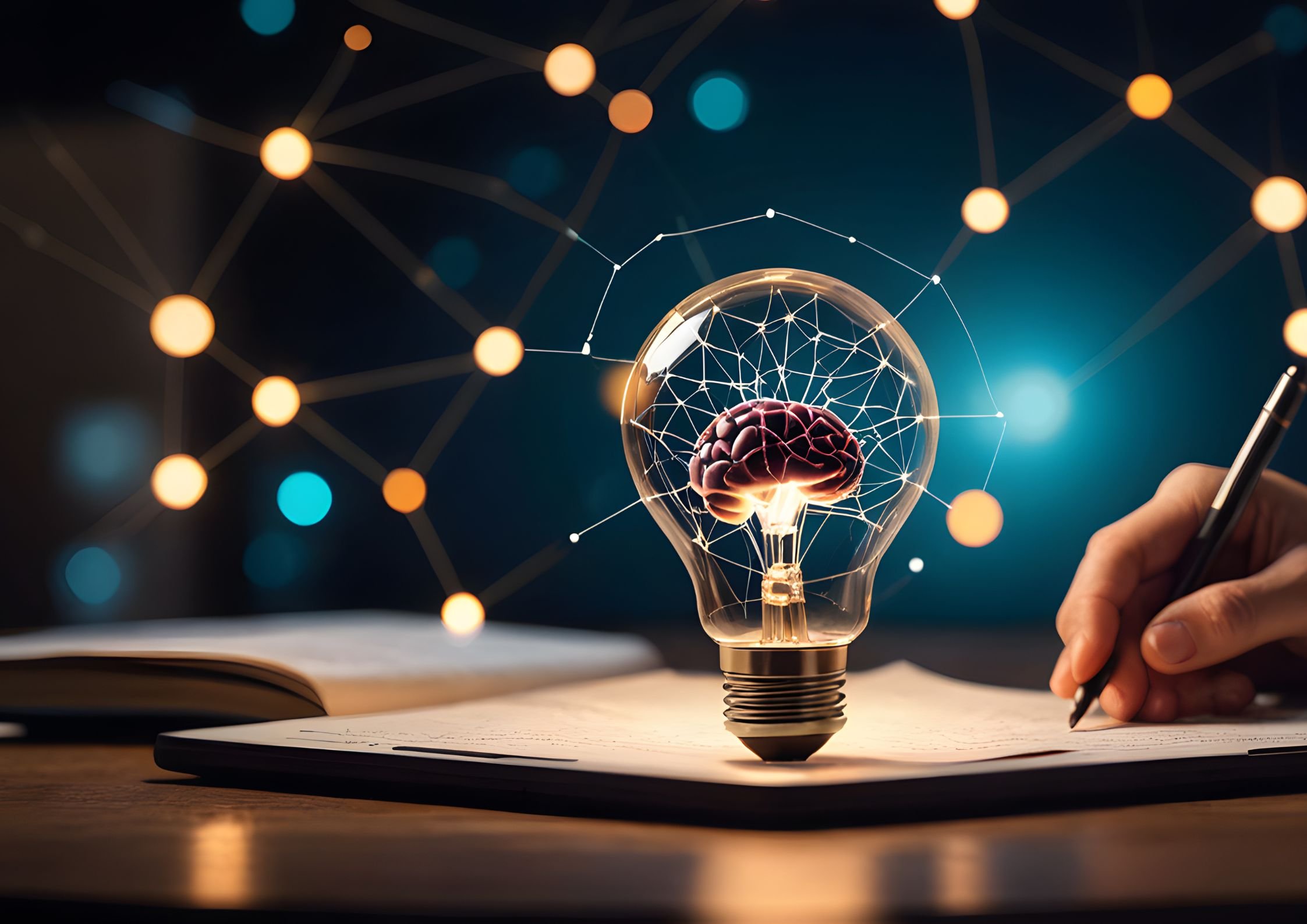University of California, Riverside scientists develop powerful tool capable of detecting fake videos
Working with scientists from Google, researchers at the University of California, Riverside (UCR) have developed a new AI-powered tool capable of detecting fake videos.

The development follows the launch of several AI-enabled text-to-video and image-to-video generation tools that make it easier to create fake or misleading videos.
Amit Roy-Chowdhury, a professor of electrical and computer engineering, and doctoral candidate Rohit Kundu, both from UCR’s Marlan and Rosemary Bourns College of Engineering, worked with scientists from Google on an AI-powered tool capable of detecting video tampering.
Called the Universal Network for Identifying Tampered and Synthetic Videos (UNITE), the system detects faked videos by examining full video frames, including backgrounds and motion patterns.
The system can identify synthetic or edited videos that do not solely rely on facial content.
“Deepfakes have evolved,” Kundu explains. “They’re not just about face swaps anymore. People are now creating entirely fake videos – from faces to backgrounds – using powerful generative models. Our system is built to catch all of that.
“If there’s no face in the frame, many detectors simply don’t work. But disinformation can come in many forms. Altering a scene’s background can distort the truth just as easily.”
UNITE can flag up a number of methods for faking or altering video, such as simple facial swap tools and completely synthetic videos.
The team’s findings were presented at the 2025 Conference on Computer Vision and Pattern Recognition in Nashville, Tennessee.
“People deserve to know whether what they’re seeing is real,” Kundu adds. “And as AI gets better at faking reality, we have to get better at revealing the truth.”




















